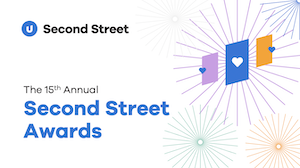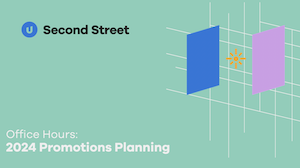Using Engagement Campaigns to Complement and Enhance other Content
Kim Wildenmann of Scripps demonstrated that public education is an ideal place to align engagement campaigns with content and to involve teams from across the organization.
For example, Scripps ran a cause related campaign designed to help college students increase their financial literacy. The campaign included editorial and sponsored content, interactive quizzes, educational videos, a Back to School Sweepstakes and Facebook Live events for the sponsor.
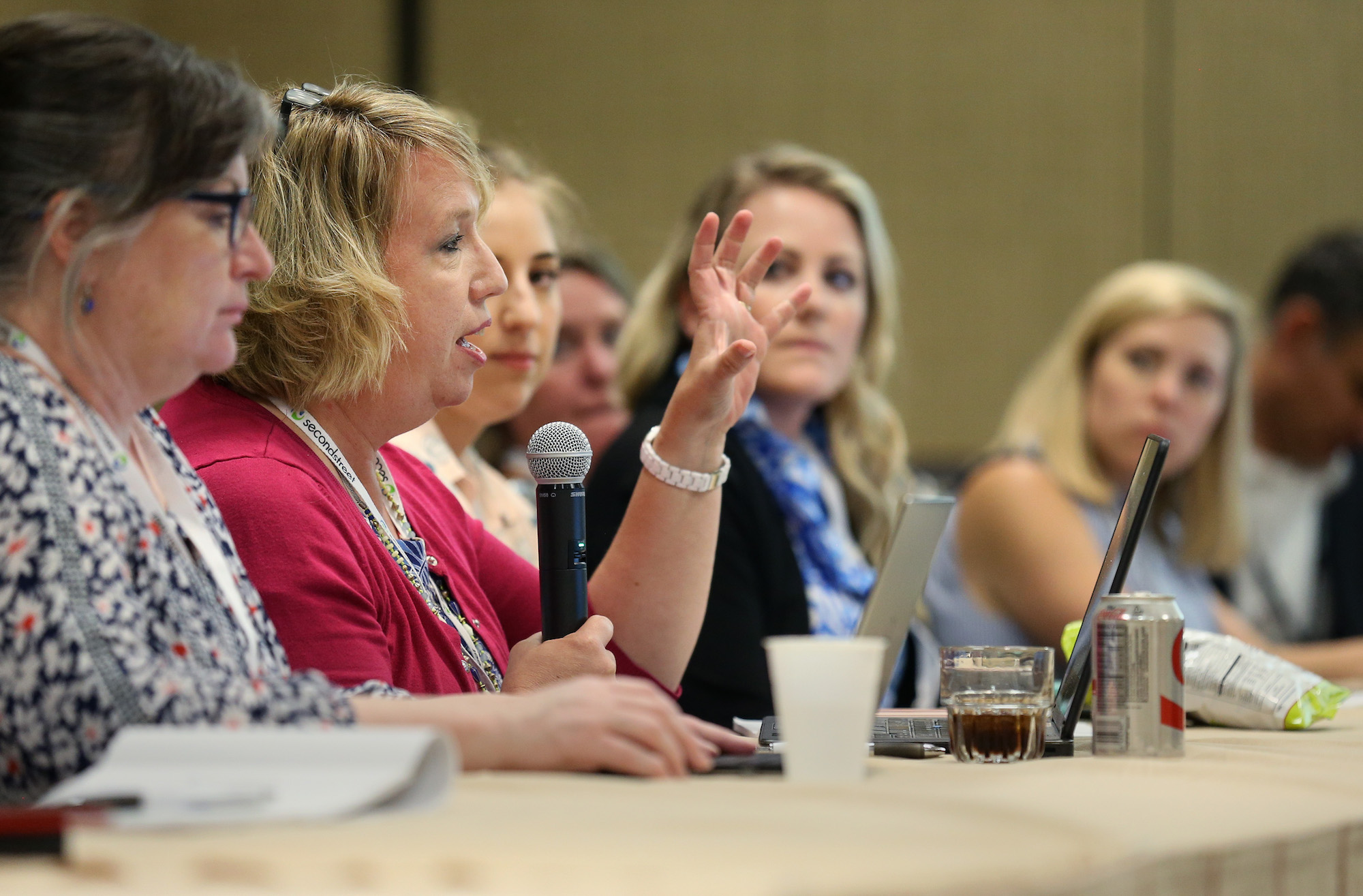
Kim shared another cause related campaign Scripps ran that was designed to raise awareness and educate their audiences on important updates on the fight against addiction. This campaign included editorial content and videos, sponsored content and quizzes as well as Conquering Addiction Pledge component. By utilizing a variety of engagement campaigns and by working across all departments in the organization Scripps helped educate and inform their audiences on topics that timely and critically important.
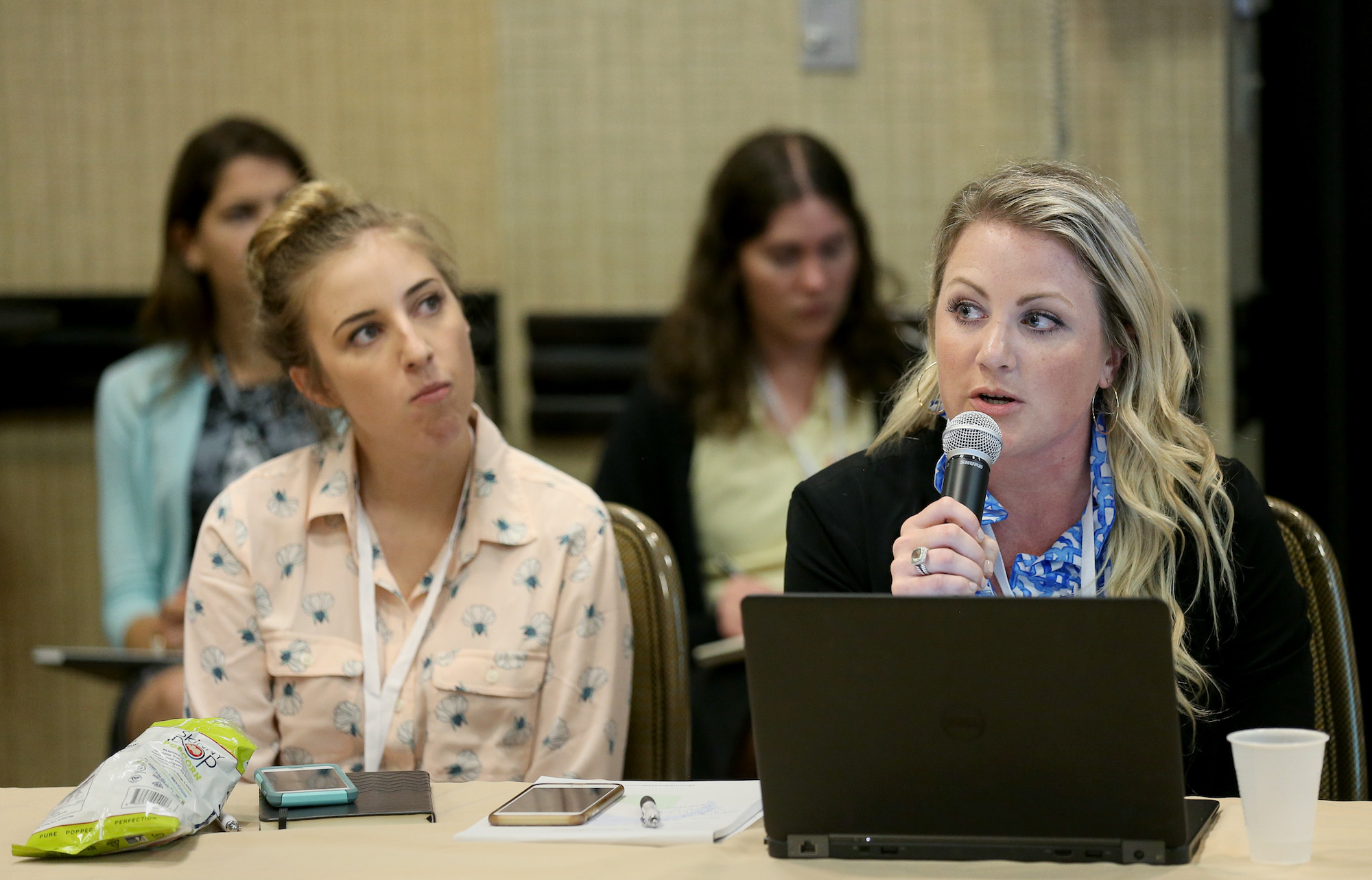
Also during this session on Devyn Downey of USA Today Network shared highlights of a campaign that aligned Advertising Sales, Marketing and the Newsroom at several properties. The Mom of the Year photo / essay contest generated incredible engagement both during and after the campaign ended. Following completion of the campaign newsrooms markets leveraged the stories submitted by their audience. In many cases, videographers were on hand to record the winners as they were surprised and presented the Mom of the Year award further enhancing their planned Mother’s day coverage.
With the right planning, every media company has the opportunity to use engagement campaigns to supplement and enhance their coverage, provide new ways to tell a story and find exciting ways to engage their audience.
Creating Original Content from your Engagement Campaign Data
As is the case with any successful campaign, the engagement doesn’t have to end when the campaign is over. With some planning, you can use the content gathered from Engagement Campaigns to create new and original content.

For instance, Meredith Schaefer of Shaw Media shared how their properties are using the results from their Best Of Ballots to create a series of top ten articles that feature the top ranking business from the ballot. Whether it’s an article on the Top 10 Pizza Places in your market, the Top 10 local Yoga Studios, or the Top Places for a scenic drive – the possibilities are endless.
Amanda McGinnis and Elaine Vydra of the St. Louis Post-Dispatch took the principle of creating original content from campaigns to heart with the Gateway Arch Anniversary photo contest. For this contest, individuals submitted photos in front of the arch in different categories, including wedding photos, family photos, and more. A number of the photos gathered from the contest were then used in a print special section and in a book the the Post-Dispatch published and sold commemorating the 50th Anniversary of the Gateway Arch, an iconic national monument in their market.
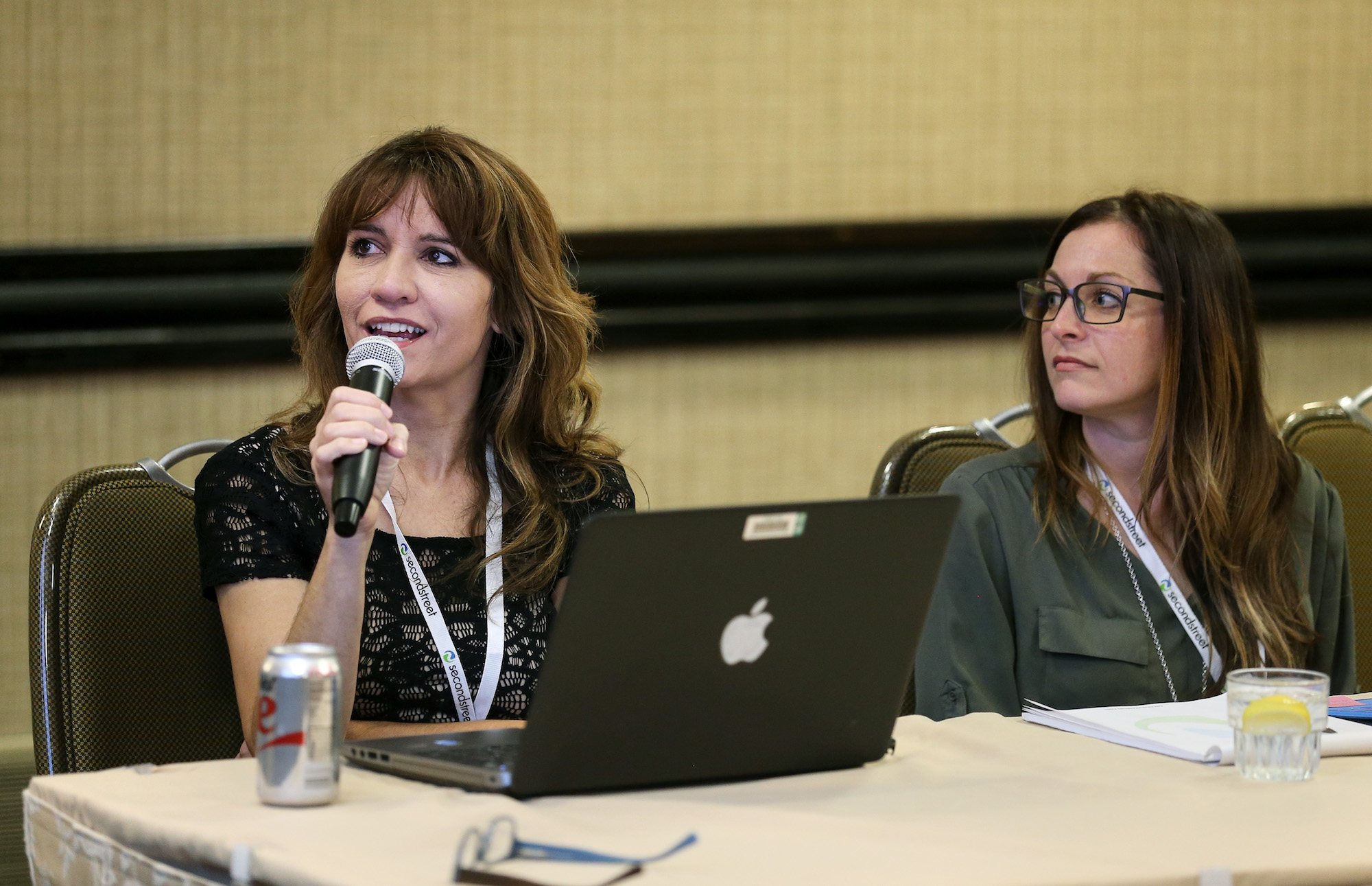
And here are few other ideas that were shared during the session on how to create new, original content from engagement campaigns:
- Run a Recycling Quiz to accompany your coverage on Green living. Then use the results from the Quiz to round out your coverage and educate your audience. For instance, share what percent of your audience who took the Quiz know what common household items are or are not recyclable.
- Run a seeded ballot populated with the top high school football matchups in your market. Then ask your audience to vote on which games they’d like your sports videographers to cover that week. This feedback will help you create and deliver the content that your audience is most likely to consume.
- Run a survey to gather opinions from your audience on key local issues. Then use the results of the survey to develop local news stories and headlines. For example, ask viewers/listeners/readers to weigh in on the top ballot proposals for an upcoming election. Then publish the survey results to let your audience know how survey respondents are leaning. For example, We found that 72% of survey respondents are in favor of the proposed city tax increase to finance a local infrastructure project.
With a little planning and creativity, every media company has the opportunity to use the results of and engagement campaign to create new an original content.



